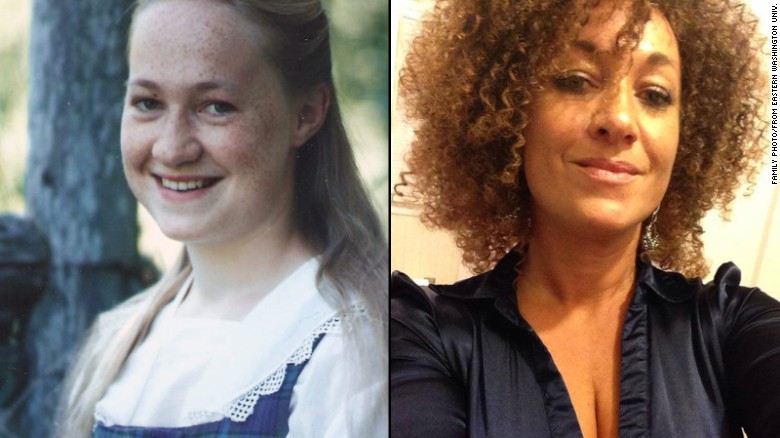
Nice bowl cut, jackass.
Considering the nature of his violent and admittedly race-motivated actions ("You've raped our women and you've taken over the country... This must be done."), the collective sigh of relief that he is in custody was palpable. The lives he ripped away from those 9 worshippers in the midst of the most peaceable and selfless thing a person can do is a horrifying reminder that racism is no less violent and threatening than it has been throughout history.
But there is another insidious reminder that racism is alive and well. And that is that Dylann Roof is alive and well.
In 2015 alone, there have been over 550 people killed by police officers. Some of these happened in the line of duty, some very certainly did not, but even those who were in many cases were questionable. But the frightening thing is PoCs are disproportionately represented in the numbers of those killed. According to nonprofit initiative Mapping Police Violence, in 2014 there were 304 black individuals killed by police. In 2014, black people were three times more likely than whites to be killed by police. At least 101 of those killed in 2014 were unarmed. None of the officers who killed black people on-duty were convicted of a crime. And in case you don't think it's an American problem, Canada has a higher black population than Missouri (11.7% in the last census) and had only one black person killed nationwide.
And that's not including other PoCs.
So two-thirds of the black individuals killed by police in 2014 were unarmed. UNARMED. And yet a white serial killer, a known threat especially with a gun and armed at the time of arrest, was apprehended alive and unharmed.
Alive. And unharmed. Let that sink in.
I am not advocating that he should have been shot on sight, but in far too many cases that is exactly what has happened, and the only major distinction is race.
Well that, and the fact that almost none of the violence (maybe even legitimately none) perpetrated by the offenders included the massacre of 9 people. In many cases it involved no violence at all.

But a pack of cigarillos or wearing a hoodie is definitely scarier
than a confirmed killer. Because, you know, black.
And it doesn't stop there. There has already begun with widespread media and whitesplainers all over social media: Well he was obviously mentally ill. Oh was he? Is that why this lone wolf attacked these innocent people?
It couldn't be because of the violence-loving white supremacist acculturation he was indoctrinated into. No way. Because that would mean other white people were possibly to blame on a cultural level. That Donald Trump making very similar comments about Mexicans could be culpable. That Rush Limbaugh and Glenn Beck's hatespeech is internalized and impactful in a material way among a population of white America.
And yet when PoCs commit crimes (or hell, even fall victim to crimes), their actions are viewed through a lens of gang culture, socialized propensity for violence and hypersexualization. Trayvon Martin was a thug. The kids at the McKinney pool party were unruly animals. Transwomen of colors are disproportionately murdered, but y'know, they were "streetwalkers" or "hustlers" or "prostitutes," so...
See, because white people are in a position of power, they tend to guide the narrative. It's called hegemony. The point of any power class is to maintain the status quo-- staying in power. Therefore the characterization of white offenders revolves around mental illness or abuse endured in youth or other mitigating circumstances that separate the offenders from whiteness or cultural complicity. The narrative humanizes white people by making them individuals and dehumanizes PoCs by avoiding details that disassociate them from race/ethnicity and culture. It makes it far too easy for people to buy into the scripts of white racial superiority. The bad guy isn't one of us. He's a psychopath. Unless the bad guy is a PoCs. Then he's a product of culture.
My heart is pained and I am grieving for the families and community of those who met their end at the hands of this vile human being. But I am also grieving for a country whose racist underpinnings are so deeply rooted that this man believed he was acting for the good of others. I am grieving for a country in which a significant portion of the population fears for their lives, even from police, because of the pigment of their skin. I am grieving for the children who are already pegged as "less than" because their body produces more melanin.
Rest in power.
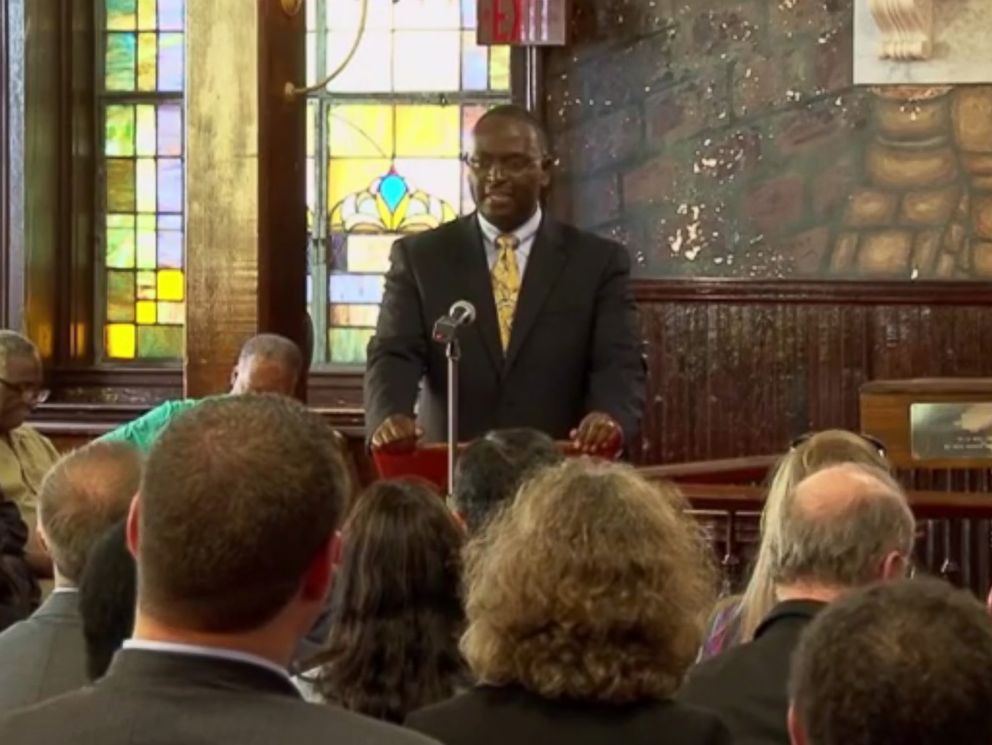
Senator Rev. Clementa C. Pinckney
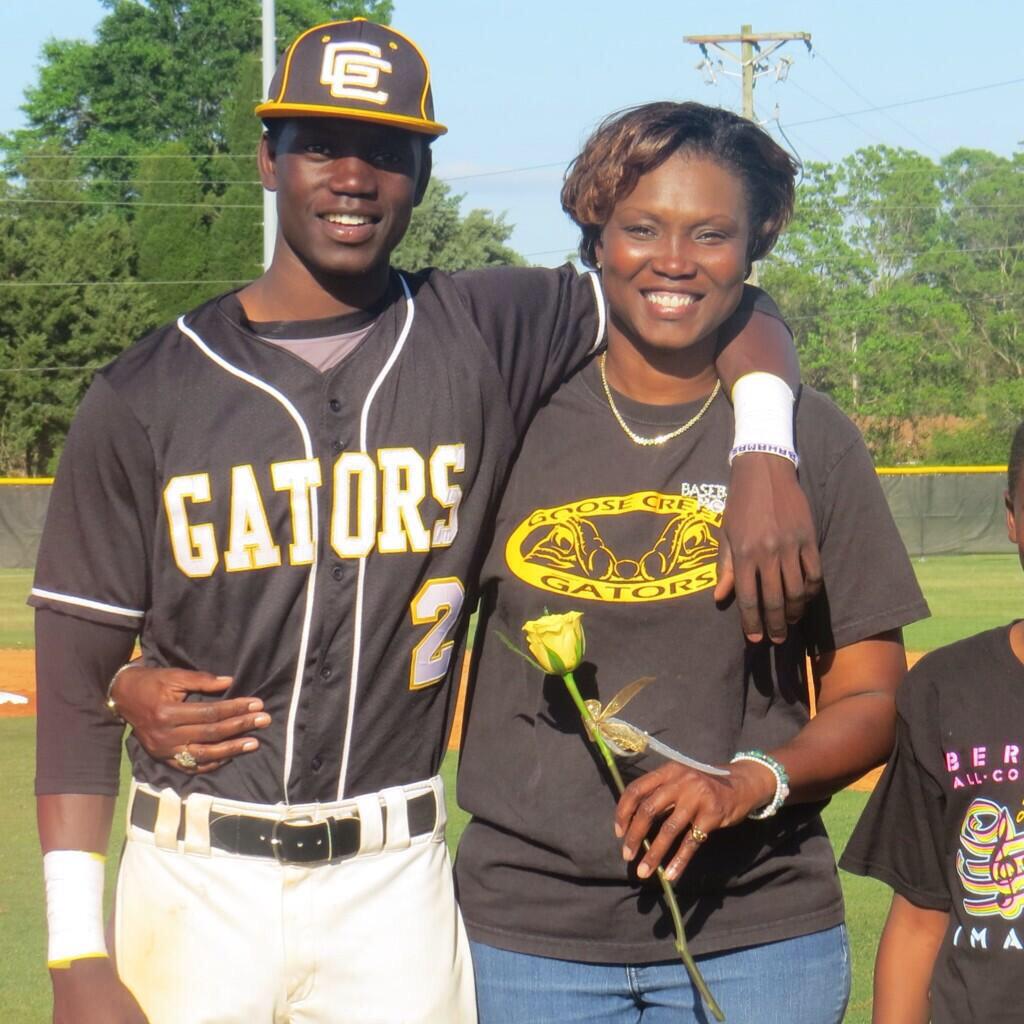
Rev. Sharonda Singleton
Myra Thompson

Tywanza Sanders
Ethel Lee Lance

Cynthia Hurd

Rev. Daniel L. Simmons Sr.
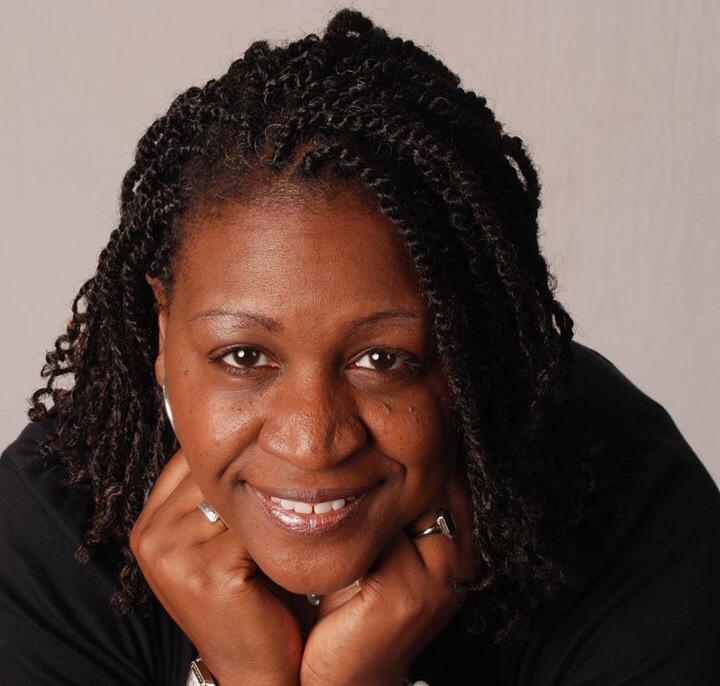
Rev. DePayne Middleton-Doctor
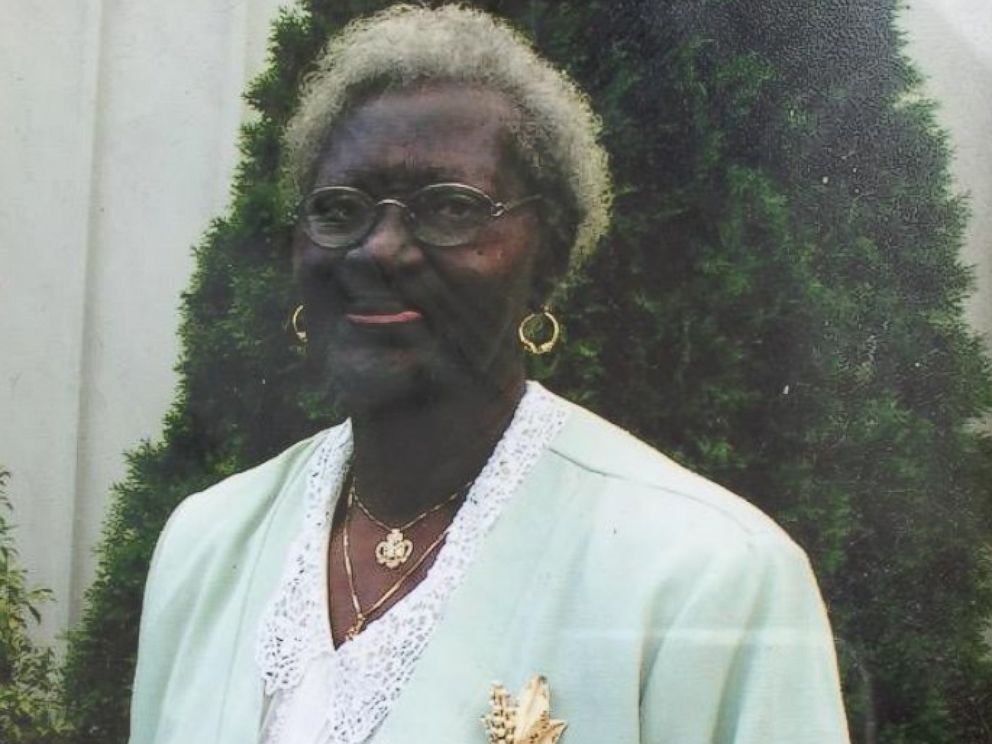
Susie Jackson
